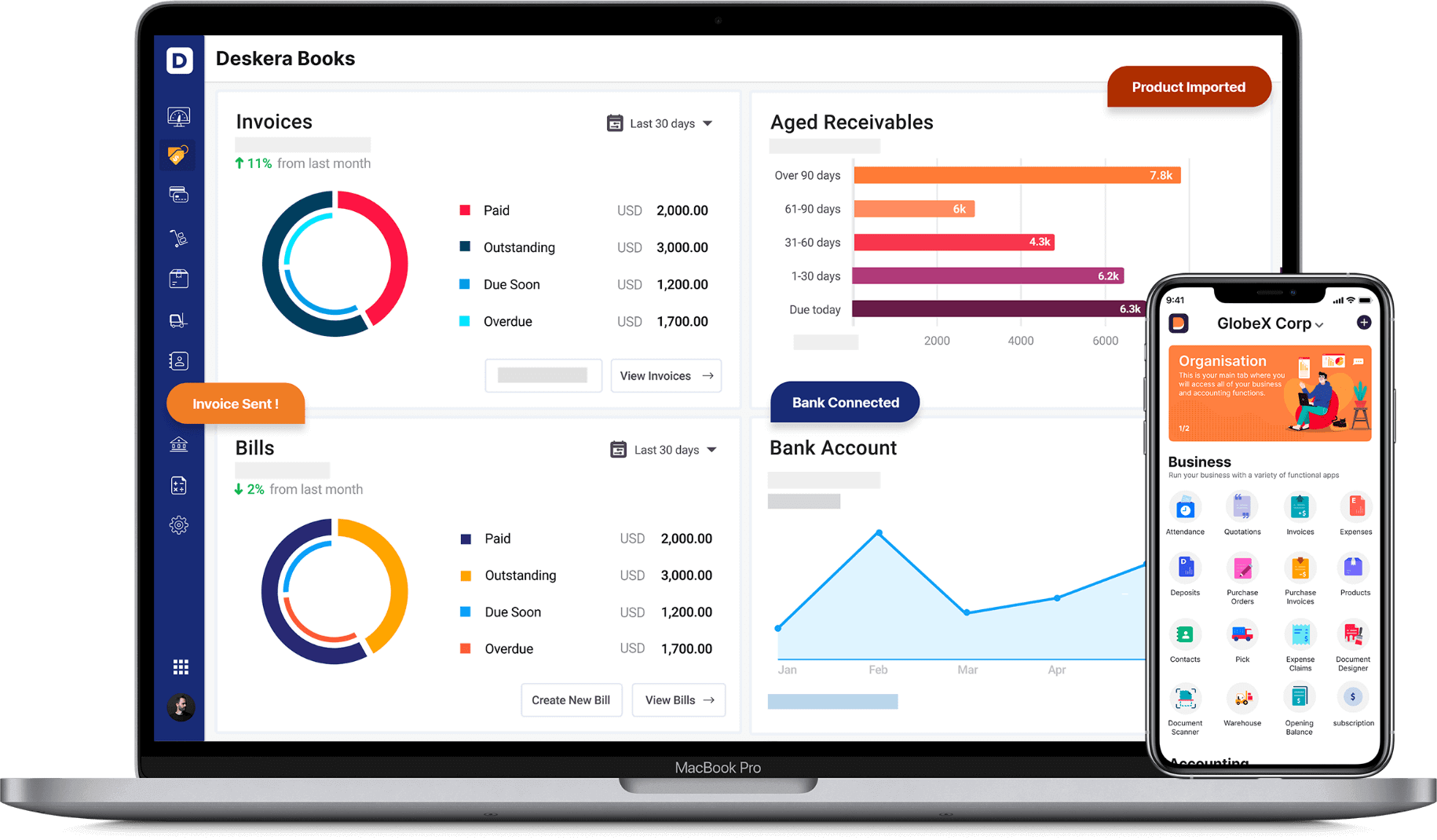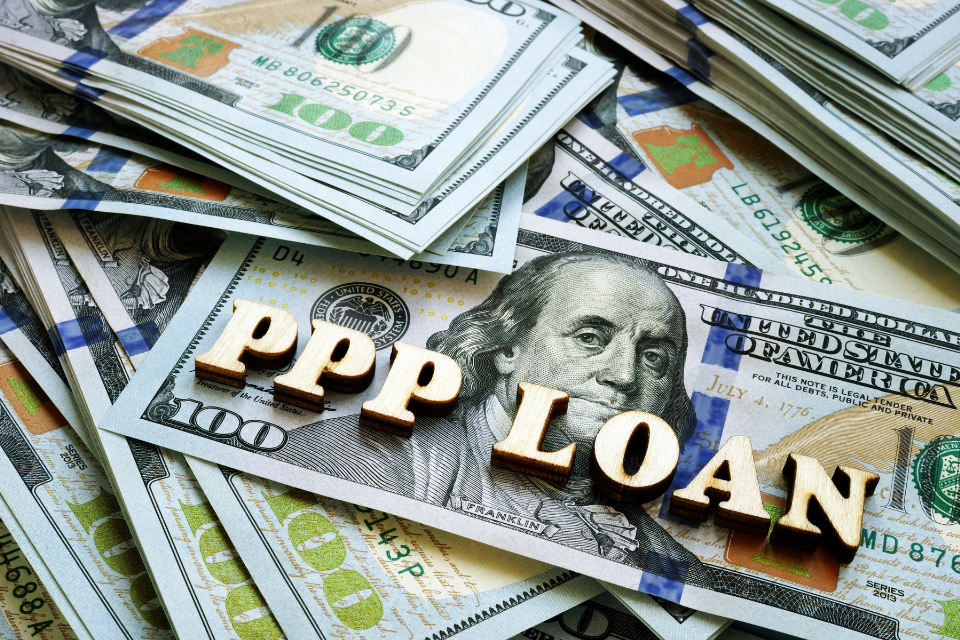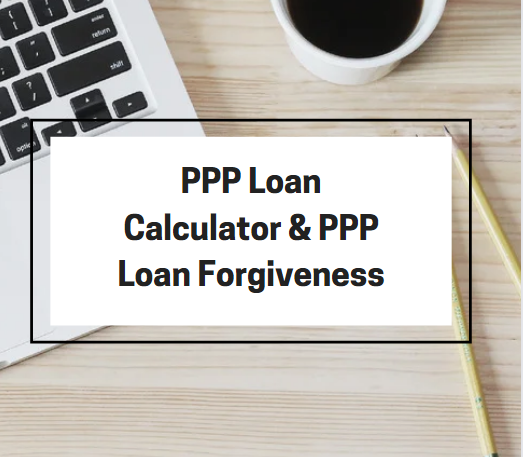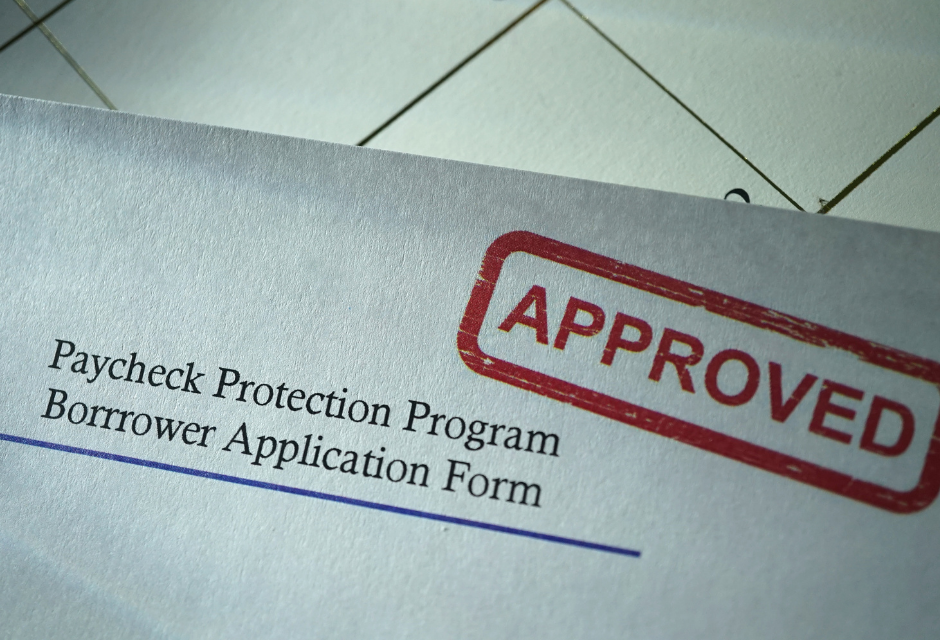Claire Williams, 46, was running a successful chain of travel agencies. Fulfilling dreams of millions, curating the best travel deals for them, was not only her passion but also a highly lucrative source of income for her. However, as the COVID-19 crisis hit her profession, she became increasingly concerned about the future of her travel agency and wanted to switch jobs.
Soon Claire had consumed all her savings and she applied at the bank under the contractor self-employed PPP - $349 billion Paycheck Protection Program, part of the Coronavirus Aid, Relief and Economic Security (CARES) Act.
With the new rule applied, independent contractors and self-employed individuals can apply for the contractor self-employed PPP. SMEs have access to permissible and forgivable loans to cover their salaries and wages paid to themselves within 8 weeks of the signing date. This serves as great news to millions of self-employed people, independent contractors, and gig workers.
Table of Contents:
- About the Contractor Self Employed PPP
- Objectives of the contractor self-employed PPP - Paycheck Protection Program
- Can independent contractors and self-employed people apply for the contractor self-employed PPP?
- What are the benefits of the contractor self-employed PPP?
- How you can calculate your payroll costs
- What Are the contractor self-employed PPP Loan Terms for Independent Contractors and Self Employed Individuals?
- How to Use the contractor self-employed PPP Loan
- Contractor Self Employed PPP loan Forgiveness for Self-Employed Individuals
About the Contractor Self Employed PPP
The Biden administration changed the way the Small and Medium Business Administration's Paycheck Protection Program calculates loans allowed for small businesses and sole proprietors. The SBA provided some information on how the loan formula will change, but still provides lenders with details on how the loan will be calculated under the new rules.
The Paycheck Protection Program aims to maintain workers' salaries, and now it is also open to approximately 26 million US sole proprietors who pay themselves through payments. This will give SMEs access to permissible loans to cover their salaries and wages within eight weeks of signing. Banks and alternative lenders manage the application of this program.
Objectives of the Contractors' Self-Employed PPP (Paycheck Protection Program)
The contractor self-employed PPP is designed to provide immediate cash assistance to assist small businesses in the United States during a COVID 19 pandemic. If you are a sole proprietor, an independent contractor, or a gig worker, here's what you need to know and apply. All SMEs are eligible for the Payment Protection Program:
- If the sole proprietor reports his income and pays Schedule C taxes on his tax return, he is eligible for the contractor self-employed PPP. Whether you're a fitness trainer, tutor, freelancer, or part-time employee, you can qualify if you have Schedule C
- An independent contractor who collects the 1099MISC form is eligible, although contractor self-employed PPP requires you to submit Schedule C, not the 1099 form
- A gig economy worker who undertakes on-call jobs from companies such as TaskRabbit, Uber, Lyft, DoorDash, and Instacart
- The eligibility of the business is that it should be up and running on February 15, 2020 If you incorporate your business after this date, you will not be eligible for this program
- You filed a 1040 Schedule C for 2019 and your primary residence is in the United States
The contractor self-employed PPP created by the CARES Act has proven to be very popular with SMEs affected by COVID-19. In fact, as of April 15, 2020, the first round of SBA's contractor self-employed PPP funding was exhausted. However, Congress sent an additional $ 310 billion to the contractor self-employed PPP program in late April, and President Trump signed an additional coronavirus rescue bill on December 27, 2020, providing an additional $ 284 billion to the contractor self-employed PPP.
Can Independent Contractors and Self-Employed People Apply for the Contractor Self-Employed PPP?
From April 10, 2020, independent contractors, sole proprietors, and self-employed persons who receive the 1099-MISC form are eligible to apply for the contractor self-employed PPP which provides small businesses with billions of dollars as forgivable loans. The contractor self employed PPP lenders started accepting applications from certain SMEs, including Scorps and CCorps, on April 3, 2020.
What are the Benefits of the Contractor Self-Employed PPP?
- This program is designed to help Americans continue to work and maintain their salaries. As the name implies, this is a salary-focused program. The payments you receive are based on your average monthly salary cost multiplied by 2.5
- Under contractor self-employed PPP, salary costs may include payroll expenses and health insurance premiums
- The biggest advantage of this program is that it is almost completely forgiving. Keeping salary costs, such as payroll and number of employees paid, consistent with pre-COVID 19 levels may allow you to waive these costs from mortgage amounts and certain other costs such as rent and utilities
- The good news is that if you are self-employed, it becomes easier to achieve! But you won't be able to vail an unemployment allowance and a contractor self-employed PPP loan at the same time. You can use contractor self employed PPP funds to pay yourself through what is known as Owner Compensation Shares or Owner Expenses
How You Can Calculate your Payroll Costs
Many self-employed, sole proprietorships, and independent contractors report different profits or seasonal fluctuations in their business each month, making it difficult to determine a fixed monthly salary.
The contractor self-employed PPP aims to cover 2.5 months of SME salary costs, highlight them, and prevent layoffs and business closures during the COVID19 economic crisis.
How to calculate the cost step by step:
For Self-Employed People without Employees
Step 1 - Find or fill out Form 1040 Schedule C
Step 2. Find the net profit on line 31. The maximum amount of contractor self employed PPP loans is $ 100,000 on an annual basis, so you must limit net income above $ 100,000
Step 3. Divide this total by 12 to get your average monthly net income
Step 4. Multiply by 2.5 to determine the amount of contractor self-employed PPP loan you need to request to cover 2.5 months of the average profit (“salary”) of an independent business
Step 5. Collect documents to support this income – 2019 IRS Form 1099-MISC with details of Workers' remuneration (box 7), invoices, or bank statement indicating self-employment received and 2020 invoices or bank transactions with a statement covering transactions until February 15, 2020
For Self-Employment with Employees
Step 1. Find or fill out Form 1040, Schedule C
Step 2. Find the net profit on line 31. The maximum amount of contractor self-employed PPP loans is $ 100,000 on an annual basis, so limit net income above $ 100,000. If it is less than 0, you must then set the value to zero
Step 3. For taxable Medicare wages and tips, use 2019 IRS Form 941 to add the total wages and tips for US residents (row 5c, column 1)
Step 4. Add pre-tax benefits for employees like Health insurance
Step 5. Limit wages, tips, and benefits for all individual employees to $ 100,000
Step 6. Add your employer's health insurance and pension contributions (Form 1040 Schedule C, lines 14 and 19, respectively) and state and local employee compensation taxes applicable to your business
Step 7. Divide this total by 12 to get your average monthly net income
Step 8. Multiply by 2.5 to determine the contractor self employed PPP loan amount
Step 9. Collect documents to prove this revenue and collect invoices or account statements that demonstrate the business operations until February 15, 2020:
- 2019 Form 1040 Schedule C
- A bank statement of an invoice that can prove that your business was in operation before February 15th, 2020
- Proof of the health insurance or retirement contributions
- Tax forms/payroll processor records
- From each quarter in 2019, you must submit Form 941 and state wage unemployment insurance tax forms
What Are the Contractor Self-Employed PPP Loan's Terms for Independent Contractors and Self Employed Individuals?
The basics of a PPP self-employed loan are the same as any other contractor's self-employed PPP loan:
- 1% interest rate
- The loan term is 5 years and payments can be postponed by 10 months. (Note that the original loan term was two years before the contractor self-employed PPP Flexibility Act was enacted)
- If you use more than 60% of the loan to replace your 1099-MISC income or net self-employed income, and 40% on other financial debts such as rent, mortgage interest, and utilities, your loan can be forgiven. (Before the contractor self employed PPP Flexibility Act was passed, these percentages were 75% and 25%, respectively)
- No collateral or personal guarantee required
Where to Apply for Contractor Self-Employed PPP
There are 1,800 qualified SBA lenders, from which you can apply for a contractor self employed PPP loan as a self-employed person.
Keep the Following Documents Ready
- Net Income: Form 1040 Completed in Schedule C
- Salary: Tax Form 940 and/or 941 from January 1, 2019, to the latest tax return
- Expenses: Bank statements, utility bills, mortgage insurance, rent, utility bills, etc
- Existing Lender Exemption: Exemption from existing lenders or email to confirm that you can obtain additional unsecured loans
When to Apply for Contractor Self-Employed PPP
You must wait until the last week of March 2021 to apply for a contractor self-employed PPP loan to take advantage of a more affordable SME financing method.
How to Use the Contractor Self-Employed PPP Loan
The contractor self-employed PPP loan has specific guidelines for using it over other SBA loans. Especially if you are looking for 100% loan forgiveness. But during the COVID19 crisis, the usage was relaxed to maximize the impact of aid.
How to use and not use your contractor self employed PPP loan:
What can you use your PPP funds for?
PPP funds can be used:
- To exchange employee salaries or owners' compensation
- Debt interest
- Rent
- Business upgrades
- Including protection such as plastic sneezing guards
- Window drive-throughs, and post-riot repairs
- Utility Mortgage Interest
What You Cannot Use Contractor Self-Employed PPP Funds For
- Buying new equipment and real estate
- Mortgage payments (principal)
- Expenses that cannot be claimed on Form 1040 Schedule C (for example rent, utilities, etc.)
- Buying inventory
- Payment of other debts
- Use 25% or more of contractor self employed PPP for incidental costs
Contractor Self Employed PPP Loan: Forgiveness for Self-Employed Individuals
One of the most attractive features of the contractor self-employed PPP loan is its generous loan forgiveness. However, the updated rules can limit the forgiveness amount. The reason for the restriction is that most independent contractors, independent individuals, and single owners have exceeded, using the entire loan for compensation and causing unintended windfall.
Congress has claimed that the maximum loan forgiveness amount relies on the subscribe’s payroll statement and specific expenses within 8 weeks after the loan payment date.
You must use professional services for expert expense tracking and budgeting, which is the smartest way to keep track of all your company's expenses in detail, especially if you need to justify the use of SBA funds. Forgiveness is subject to evidence of acceptable use of the following means - Paid invoices, payroll records, invoices, etc.
Conclusion
Contractor self-employed PPP applications can help you provide a large amount of money to your business and the best feature is that this loan can be fully forgiven based on certain conditions. If your accounting is up-to-date and your company's income and expenses are well documented, it's much easier to apply for contractor self employed PPP.
Currently, virtually any type of small business can apply for a federal contractor self-employed PPP loan. So, you can start collecting relevant documents and avail the benefits by looking for approved Small Business Administration (SBA) Lenders, following the additional guidance for self-employed people.
How Can Deskera Assist You?
Deskera Books can help you automate your accounting and mitigate your business risks. Creating invoices becomes easier with Deskera, which automates a lot of other procedures, reducing your team's administrative workload.

Key Takeaways
- The changes made by the Biden administration to the contractor self employed PPP loans are intended to support very small businesses and individuals who were previously underserved
- With the enactment of the contractor self employed PPP Flexibility Act in 2020, many PPP lending policies have been relaxed
- The enactment of the Integrated Approval Act has provided additional funding and further relaxed regulations
- With the passage of, the third round of contractor self employed PPP loans has been approved
Related Articles












